The diary consists of 44 handwritten pages and battlefield sketches recording the events and emotions of a journalist-soldier who directly participated in 55 days and nights of “digging mountains, sleeping in tunnels, enduring heavy rain, eating rice balls” during the Dien Bien Phu campaign. 20 years ago, this diary caused a stir in the world when it was published in English by Asia Ink Publishing House with the title “Drawing Under Fire: War diary of a young Vietnamese artist”.
One of the first war correspondents
In May 2024, the book “Sketches in the trenches” - a printed diary with more than 30 sketches by artist - soldier Pham Thanh Tam was published by Kim Dong Publishing House on the occasion of the 70th anniversary of the Dien Bien Phu Victory. The Vietnamese version uses design materials and images from the English edition “Drawing Under Fire: War diary of a young Vietnamese artist” published in 2005 by Asia Ink Publishing House. The entire diary of artist Pham Thanh Tam was retyped from a copy of the artist's 1954 diary provided by Asia Ink Publishing House.
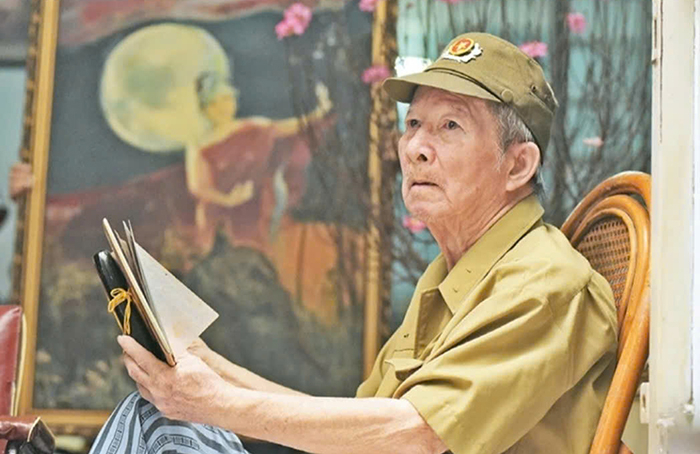
Painter Pham Thanh Tam was originally from Nam Dinh, born in 1932 in Hai Phong. In 1950, Pham Thanh Tam joined the army, was assigned to the Political Department of the 34th Infantry Regiment, and worked as a reporter for the newspaper "Tat Thang" operating mainly in the Nam Dinh and Ninh Binh regions. Due to his talent for painting and having previously attended a short-term drawing class of Inter-zone 3, he both wrote for the newspaper and drew illustrations. Later, Pham Thanh Tam became a reporter for the newspaper "Quyet Thang" of the 351st Artillery Division, and was sent to a military training center on the border with China. At the end of January 1954, he returned to the battlefield as a reporter and painter, directly participating in the Dien Bien Phu campaign. On the battlefield, he wrote news and articles for the newspaper "Quyet Thang", sent news and articles to the "People's Army" newspaper, and drew sketches of the battlefield.
The diary was written by author Pham Thanh Tam in February 1954, after he walked 160km through the forest from Lao Cai to Yen Bai to participate in the campaign, then continued the journey of more than 300km to Dien Bien Phu. The diary moved readers around the world when it was published in English in 2005 because it honestly and vividly reflected the arduous, sacrificial but heroic march of the Vietnamese army and people. Artillery soldiers used only their bare hands to pull cannons weighing more than 2 tons over rugged mountains to the battlefield.
“Sketches in the trenches” consists of 3 parts: “The way to the battle”, “In the trenches” and “To the rear”. In which: “The way to the battle” is the road to Dien Bien where Pham Thanh Tam recorded portraits of the people he met on the way to the campaign, which were the frontline laborers, road-clearing engineers, youth volunteers and especially close to him were the portraits of the artillerymen who stayed up all night to pull the artillery up to the battlefield; The part “In the trenches” are diary pages written during the 55 days and nights of the Dien Bien Phu campaign with vivid notes useful for anyone who wants to learn about the Dien Bien Phu campaign; The part “To the rear” is the joy of victory, premonitions about the war ahead to have a long-lasting peace.
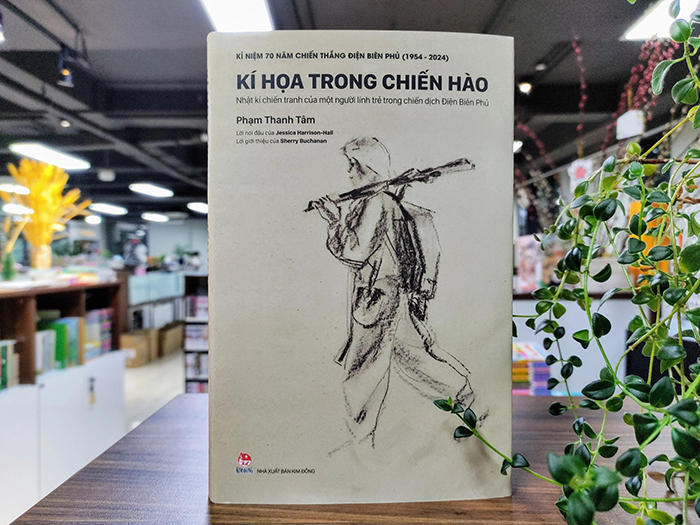
As a reporter at the time in his 20s, as described in his diary with 44 handwritten pages in ink, journalist Pham Thanh Tam at that time moved all over the battlefield, through trenches, to artillery positions close to the enemy to collect information about the war situation. He slept in the battlefield, participated in digging tunnels, pulling artillery, reporting on the battle for newspapers, sketched, composed poems, songs... about artillery soldiers, frontline laborers participating in clearing roads, transporting weapons, ammunition, food to serve the campaign. In particular, during the process of staying close to the battlefield, eating and sleeping with the soldiers, he also spent many pages of his diary writing about Uncle Ho and General Vo Nguyen Giap, about the Vietnam People's Army... with all his respect and deep gratitude. The last part of the diary is the songs and poems he composed himself to encourage and motivate his comrades and teammates before each battle. Among them are some typical articles, such as: "The brave army shot down the planes"; "For the peace and happiness of the entire Northwest"; "The French invaders in Dien Bien Phu were afraid of our artillery"; "Hooray for the Dien Bien victory"... In 2014, on the occasion of the 60th anniversary of the Dien Bien Phu Victory, artist Pham Thanh Tam donated his precious diary to the Dien Bien Phu Historical Victory Museum.
The special fate of the war diary
Many people have also asked why such a special diary, with such historical value, was published in English and only appeared in Vietnamese 20 years later? Perhaps, like life, this book seems to have its own destiny. Journalist - curator Sherry Bunchanan accidentally learned that artist Pham Thanh Tam kept a diary during his days on the Dien Bien Phu battlefield when she was researching fine arts during the Vietnam War, in which Pham Thanh Tam was one of the few artists present in both wars. Sherry Bunchanan was fortunate to have journalist - artist Pham Thanh Tam allow her to publish the diary that he had carefully preserved for nearly 50 years, so that those special notes could have the opportunity to be introduced to readers around the world.
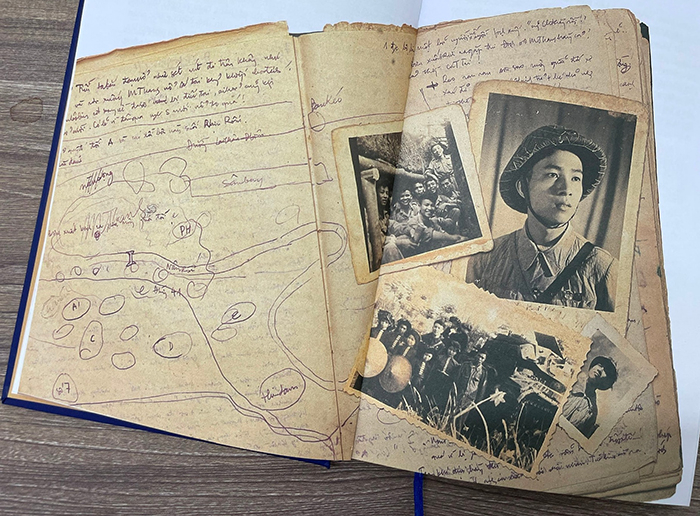
When the English version of Pham Thanh Tam's diary appeared, the world public seemed to be surprised because until 2005, very few books about the Dien Bien Phu campaign from the perspective of the Viet Minh army had been published. In the Vietnamese edition of "Sketches in the Trenches" published by Kim Dong Publishing House, journalist - curator Sherry Bunchanan shared: "I truly admire Pham Thanh Tam's calmness under the bullets of one of the fiercest battles of the 20th century, the battle that brought independence to Vietnam. In the middle of the battlefield, he still maintained compassion, helped his comrades through his paintings and could still calmly hold a pen to write in a place that American journalist Bernard Fall described as "a corner of hell"...".
After returning from the Dien Bien Phu battlefield in 1955, reporter Pham Thanh Tam was assigned to work at the People's Army Newspaper, then he studied at the Vietnam College of Fine Arts (now the Vietnam University of Fine Arts). During the war against the US to save the country, he participated as a special envoy of the Propaganda Department (General Department of Politics of the Vietnam People's Army). He went to the Khe Sanh Campaign, the historic Ho Chi Minh Campaign as a battlefield painter, then retired as Director of the Army Fine Arts Workshop with the rank of Colonel...
His stories of soldiers' lives in paintings and sketches are still loved by cadres, soldiers and the public at home and abroad because of their authenticity, vividness and historical significance, and are an extremely valuable visual document. It is a pity that when the Vietnamese version of the book "Sketches in the trenches" was published in Vietnam, Colonel, former war correspondent and artist Pham Thanh Tam had passed away...
Source: https://cand.com.vn/Phong-su-tu-lieu/cuon-nhat-ky-dac-biet-cua-phong-vien-chien-truong-dien-bien-phu-i772037/








![[Video] Opening of the National Press Forum 2025](https://vphoto.vietnam.vn/thumb/402x226/vietnam/resource/IMAGE/2025/6/19/b7a3477903b3458abfbb2b364af5b689)

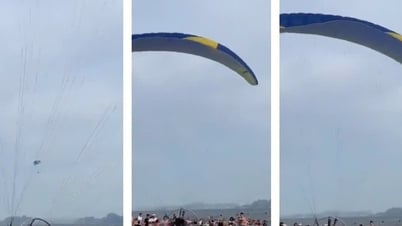



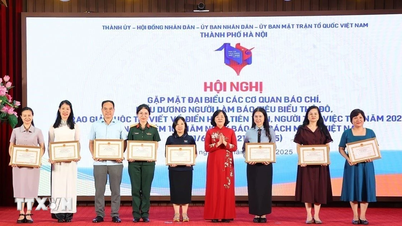

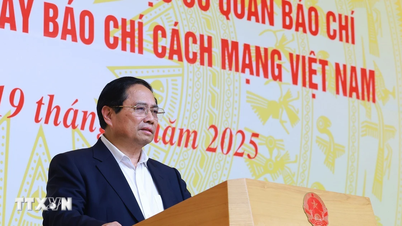
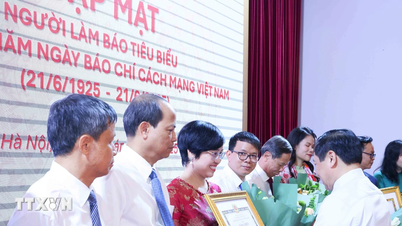




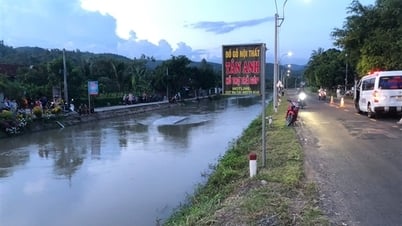
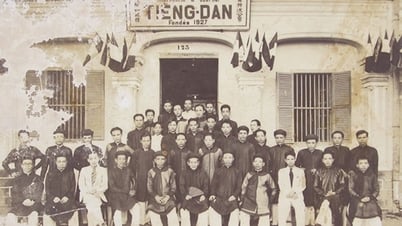


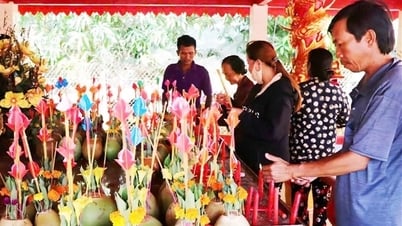






















































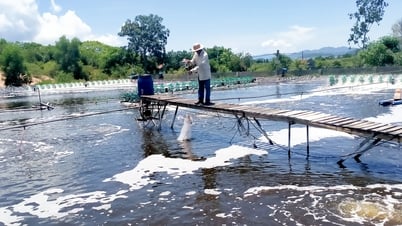














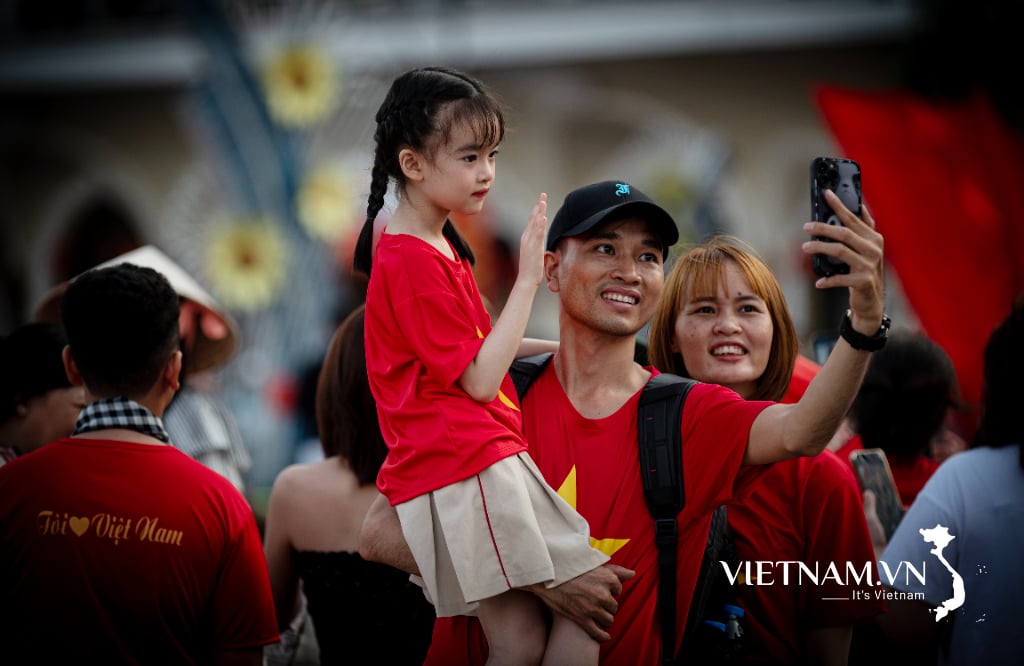

Comment (0)